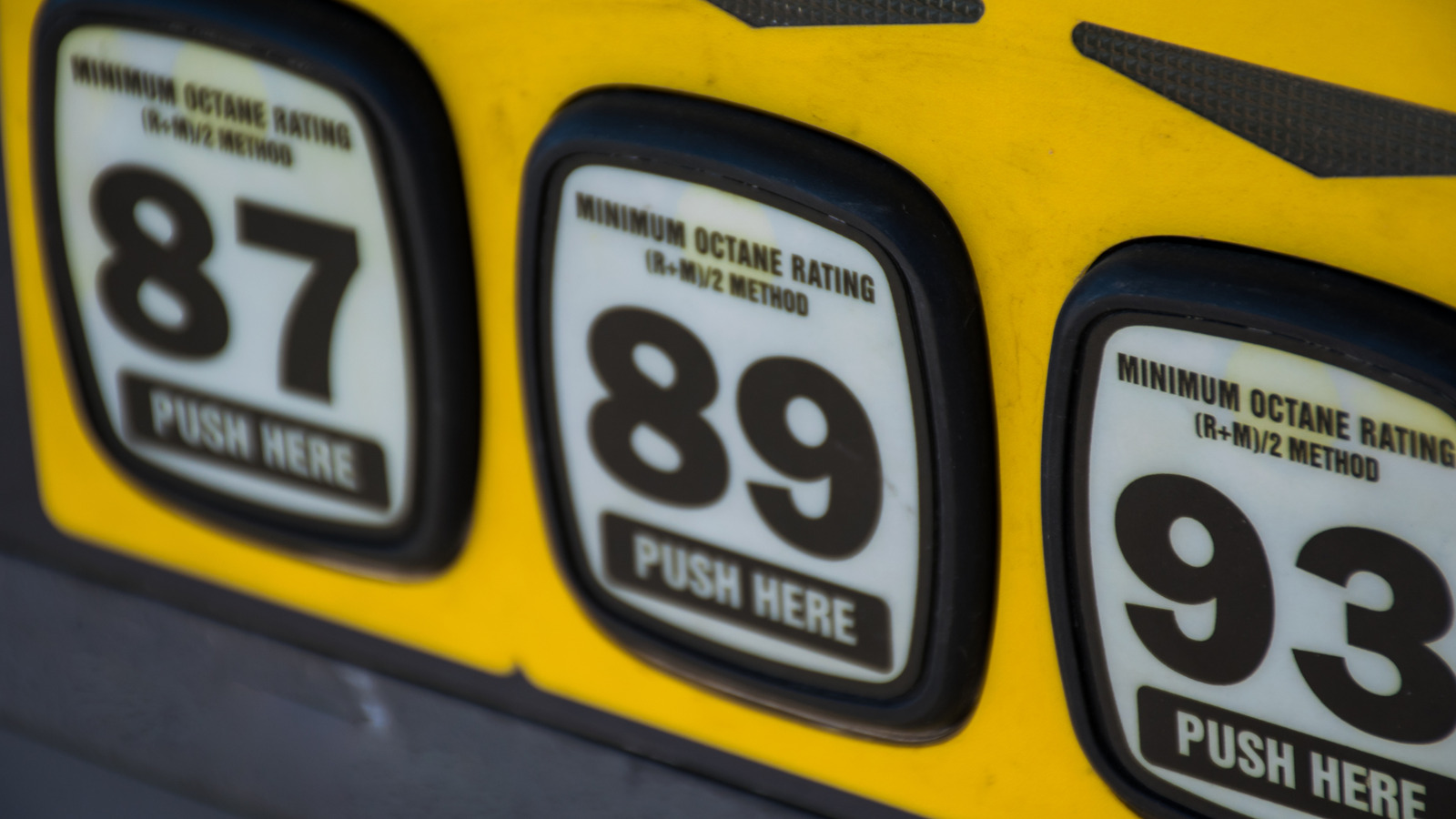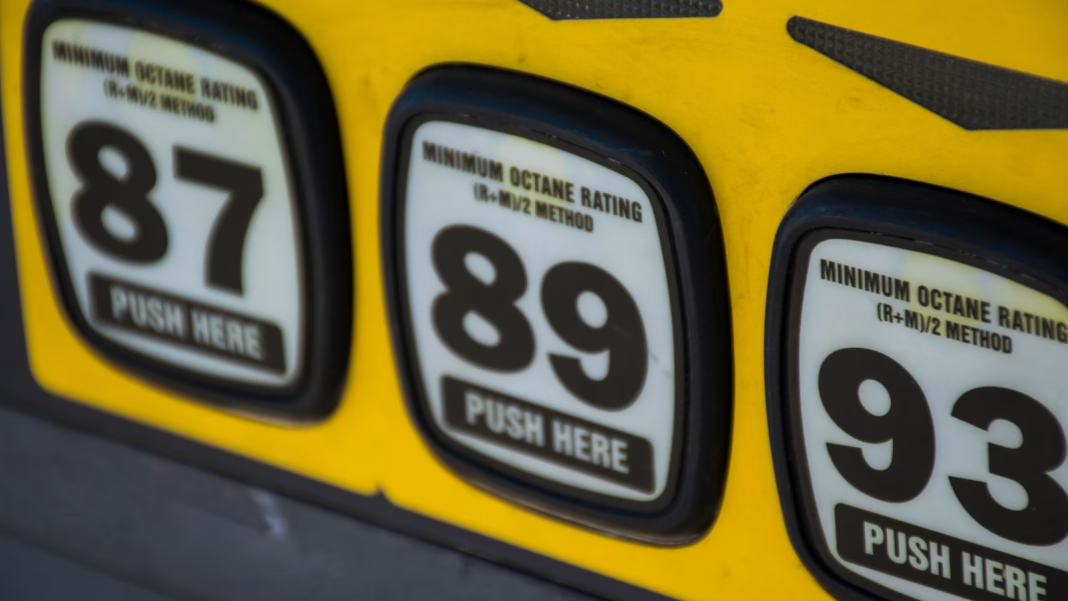When you pull up to a gas station, you’re often faced with a choice: regular, mid-grade, or premium fuel. It’s a decision that can leave many drivers scratching their heads. What’s the real difference between these options, and is it worth spending more on that premium octane? Let’s break it down.
Understanding Octane Ratings
At its core, the octane rating of fuel measures its ability to resist knocking during combustion. Knocking occurs when fuel ignites prematurely in the engine, which can lead to reduced performance and even engine damage over time. Regular fuel typically has an octane rating of around 87, mid-grade hovers around 89, and premium usually sits at 91 or higher. So, the higher the octane, the more resistant it is to knocking.
But does that mean you should always opt for premium? Not necessarily. Most vehicles are designed to run efficiently on regular fuel. If your car’s manual specifies regular, using premium won’t provide any significant benefits. However, if you drive a high-performance vehicle or one that requires premium, you might notice some differences.
Performance and Efficiency
For cars designed for higher octane fuel, using premium can lead to better performance. You might experience smoother acceleration and improved throttle response. Some drivers even report better fuel efficiency when using premium, although this can vary based on driving habits and conditions.
That said, if your car doesn’t require premium, the potential gains in performance and efficiency might not justify the extra cost. In fact, a study from the American Automobile Association (AAA) found that most drivers wouldn’t see enough of a difference in fuel economy to make premium worth the price for standard vehicles.
Engine Health and Longevity
One of the common beliefs is that premium fuel can help keep your engine cleaner and running better. While higher-octane fuels often contain more detergents, which can help prevent deposits in the engine, regular fuel with sufficient detergent levels can also do the job. The key is to use a fuel that meets the specifications recommended by your vehicle’s manufacturer.
If you’re driving an older car or one that’s seen better days, you might consider switching to premium occasionally. It could help reduce knocking and improve overall engine performance. However, this isn’t a magic fix for underlying issues. Regular maintenance and care are still crucial for engine longevity.
The Cost Factor
Let’s talk dollars and cents. Premium fuel can cost anywhere from 20 to 50 cents more per gallon than regular. If you’re filling up a standard sedan with a 15-gallon tank, that adds up quickly. Over time, the additional expense can be significant. For most drivers, sticking with regular fuel is the most economical choice, especially if your vehicle doesn’t require higher octane.
But what about those who swear by premium? If you love the feel of your performance car and want to get the most out of it, the investment might be worth it. Just be sure to weigh the benefits against the costs.
Making the Right Choice
So, how do you decide what fuel to use? Start by checking your owner’s manual. It will provide the manufacturer’s recommendations for fuel type. If it says regular, stick with it. If it specifies premium, then you’ll want to comply to ensure optimal performance.
If you’re still unsure, consider your driving habits. If you frequently drive in stop-and-go traffic or have a heavy foot, you might benefit from premium. But if you mostly cruise on the highway, regular fuel is likely just fine.
The big takeaway? Choosing the right fuel isn’t about perfection—it’s about smarter adjustments. Start with one change this week, and you’ll likely spot the difference by month’s end. Whether you stick with regular or decide to treat your car to premium, being informed will help you make the best choice for your vehicle and your wallet.


